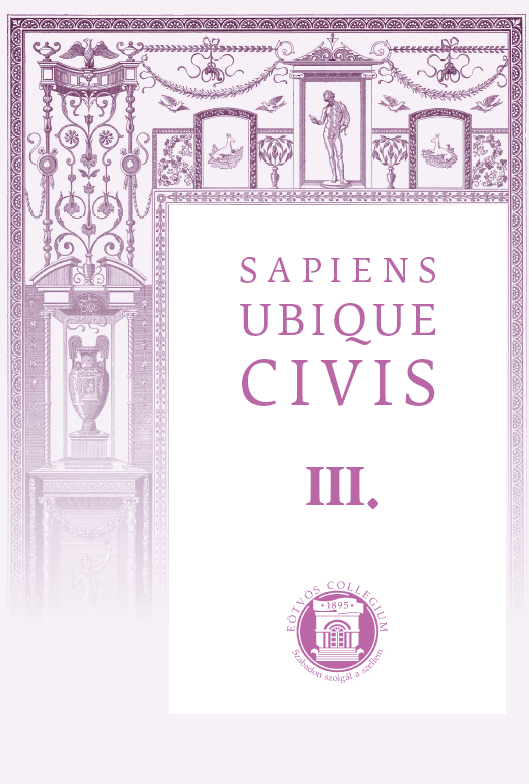Bellum ad Danuvinus limes: The Self-Representation of Emperor Gallienus’ Power (253–268) through Coinage from the Mints at Segestica and Viminacium
Main Article Content
Abstract
In the following article we propose to reconstruct, through the numismatic record, the image of power shaped in the mints of Segestica and Viminacium by the emperor Gallienus (253-268). After a brief historical introduction, we will first examine the two mints in question, and then go on to statistically analyse their numismatic production: the denominations used, the most frequently repeated reverse legends, the divinities most involved in numismatic propaganda, the most frequently used configuration of the emperor’s image on the reverse and finally, the most common reverse types related to the army and the triumph. We will see how much of the emperor’s propaganda effort is focused on promoting Gallienus as a battle-hardened and victorious general, his legions as loyal to his figure and the lasting peace that his campaigns bring to the Danubian limes and adjacent regions.

